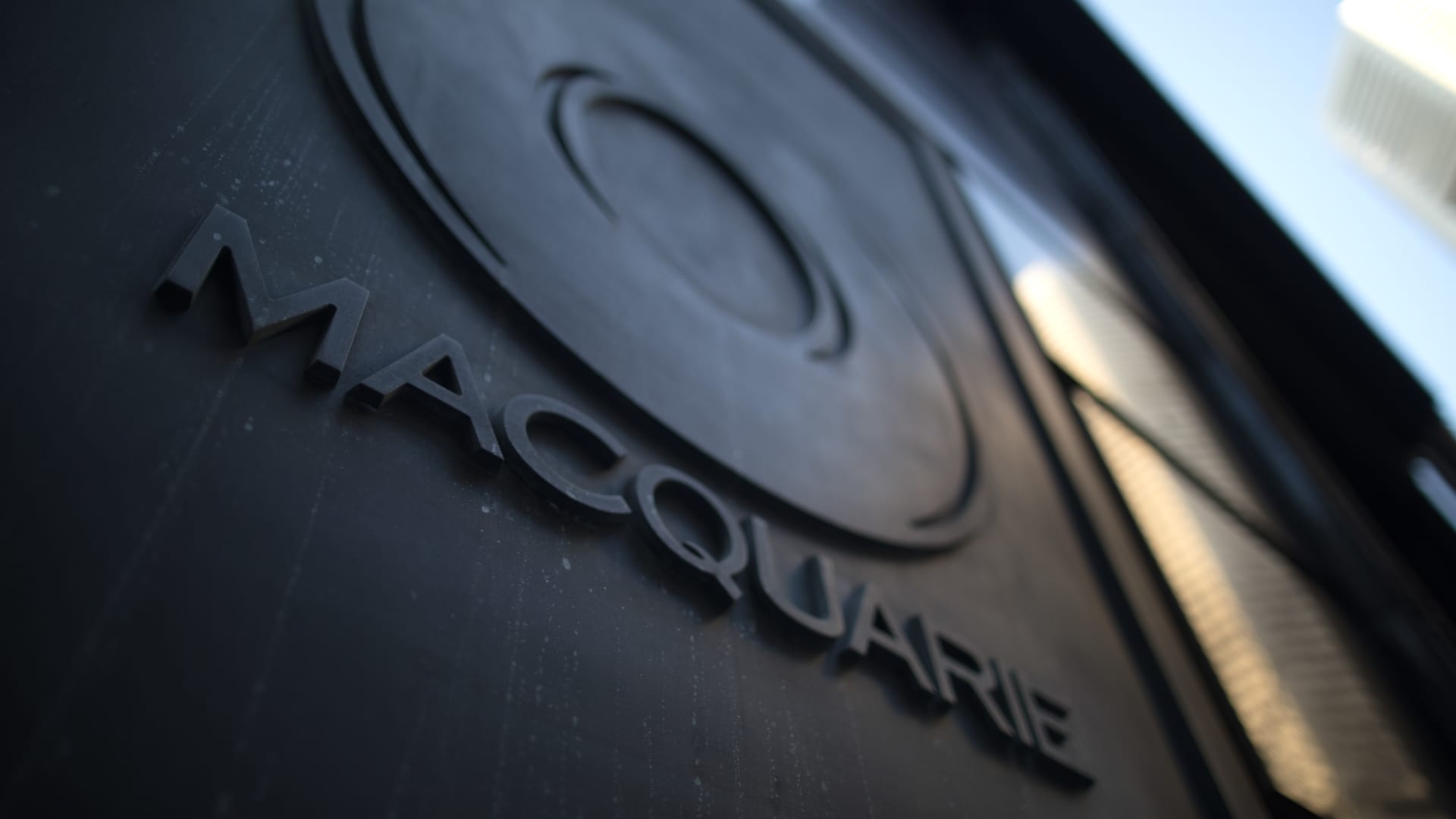An article by Farid Yousefi, Founder and CEO of Founder Group AI
Artificial intelligence is accelerating across the GCC at a pace few regions can match. Government vision, large-scale investment and a clear mandate for economic diversification have positioned Saudi Arabia, the UAE, Qatar, Kuwait, Bahrain and Oman as early global leaders in AI adoption.
Across the region, governments are pouring billions into infrastructure, cloud capacity and data centres to power the next wave of AI-driven industries. Abu Dhabi’s G42 continues to secure major international partnerships. Saudi Arabia’s HUMAIN is building extensive AI data centre capabilities. Qatar is expanding its AI-enabled cloud services. These supply-side investments show a clear determination to embed AI into the region’s economic fabric.
AI is also central to long-term national strategies such as Saudi Vision 2030 and the UAE’s National AI Strategy 2031. For policymakers, AI is not simply a productivity tool. It is a catalyst for new sectors across healthcare, logistics, fintech, and energy optimisation — all seen as pillars of future economic diversification.
What investors want as 2026 approaches
Against this backdrop, opportunities for AI innovators continue to grow—but the bar for investment is rising. As 2026 nears, investors will prioritise founders who can move beyond building “AI features” and instead create full AI narratives supported by measurable ROI, capital-efficient models, and real go-to-market execution.
Simply put, the winners will be those who turn intelligence into economic value:
- automation that reduces cost
- prediction that increases revenue
- platforms that scale with lean teams and modular architectures
A clearer sign of this shift can be seen in the growing number of AI-driven models emerging in sectors like real estate, where companies are using automation, predictive insights and workflow optimisation to shorten transaction cycles. The recent joint venture between a UAE brokerage and the AI platform AIR reflects this broader trend: AI is being deployed not to replace industry professionals, but to enhance the speed, accuracy and efficiency of their work. It’s this type of practical, ROI-focused application—not speculative or experimental use cases— that is increasingly gaining investor attention.
From testing tools to systems enterprises rely on
There is no doubt that AI in the GCC is transitioning from tools we experiment with to systems enterprises depend on daily. The mainstream foundations will include:
- agentic AI that can take actions, not just generate answers
- autonomous workflow orchestration inside enterprises
- real-time predictive intelligence built on multimodal data
- AI avatars for customer engagement, education and support
Finance, government, retail, logistics and energy will all accelerate adoptions as these capabilities mature.
For innovators, this means building AI that assumes real operational responsibility — not simply another feature layered on top of existing workflows. Enterprises across the GCC want solutions that take on specific processes end-to-end and deliver immediate, measurable impact. Products that focus on a single high-value use case and execute it deeply and reliably will earn both enterprise adoption and investor attention.
The rise of agentic AI ecosystems
The defining shift in 2026 will be the rise of agentic AI ecosystems: systems that can plan, decide and act across entire business processes. This will push digital transformation from “digitising workflows” to genuinely intelligent operations.
Enterprises will move toward a dual-intelligence model — humans setting direction, AI executing with precision. This balance will reshape how organisations recruit, produce, innovate, and interact with customers.
As agentic AI becomes the operating layer inside enterprises, innovators will need to design products that integrate seamlessly into autonomous workflows. This means:
- modular, API-first architectures
- real-time data pipelines for AI agents
- embedded predictive and autonomous actions
- enterprise-grade transparency, control and governance
- Products that can be orchestrated by AI — not only humans — will become the new winners of digital transformation.
- A regional mindset ready for acceleration
The GCC’s advantage is not just technical investment but mindset. Governments, regulators and enterprises are ready to adopt AI faster than almost any other region. This openness to change creates a rare environment where AI solutions can scale rapidly and prove commercial value in real operational settings.
The real winners in 2026 will be the innovators who build AI products with clear purpose, deep local relevance and real global scalability. In a region moving at this speed, the opportunity is enormous — but so is the expectation for founders to build responsibly, efficiently and with focus.






